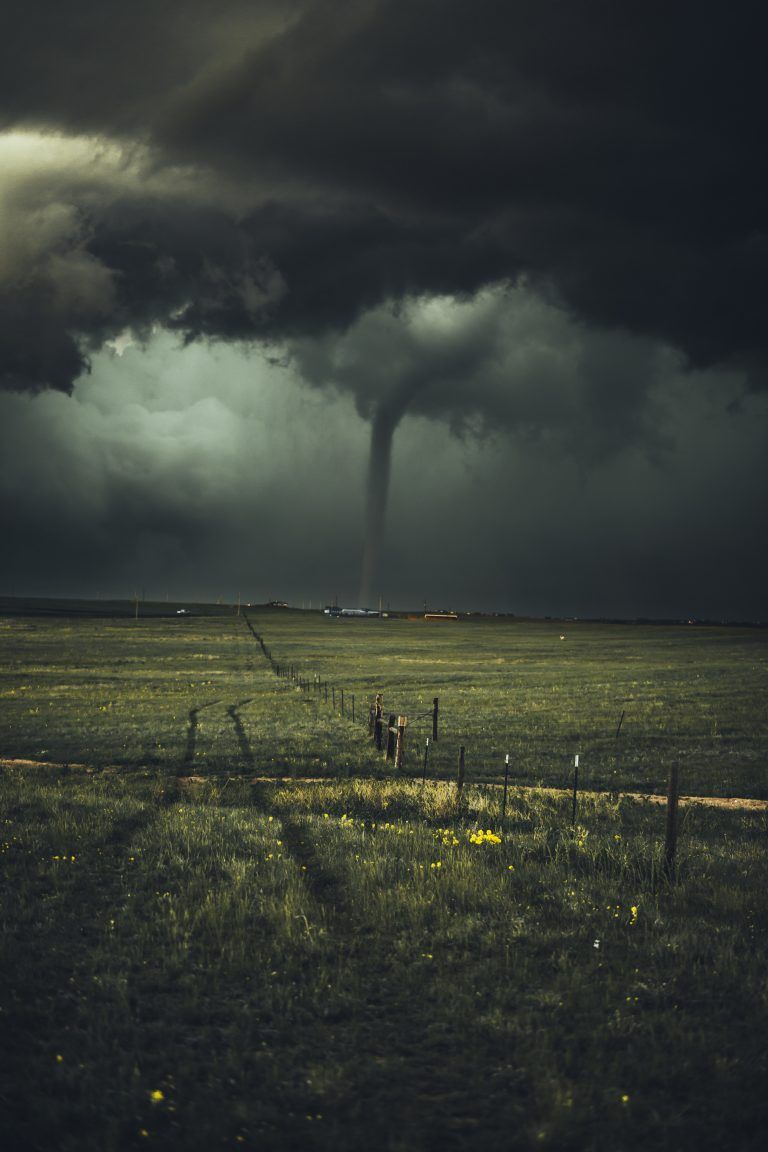Getting Yourself Organized For Nasty Weather

Truth be told, I’m a bit of a weather fanatic. When the weather turns ugly, I can often be found checking weather apps and watching the local weather reports. Part of my keen interest is due to scientific curiosity. The other part is due to a healthy concern for safety. As interesting as weather is, it can be very dangerous.
When I meet with clients during the spring I ask them how they intend to keep themselves safe during bad weather. Spring is tornado season in the Midwest, and it’s not a question of “if” a bad storm comes, It’s a question of “when.” There are several things we check for in preparing for storms.
There is an uncluttered place in the basement or on the first floor to shelter. You want a space that does not have windows. If you are sheltering in the basement, make sure there is nothing heavy on the floor above you. You do not want a piano to land on you. If you are sheltering on the first floor, make sure there are as many walls as possible between you and the outside – for instance, a closet in the middle of the first floor.
You can get to the designated shelter easily. The path to the shelter should be uncluttered. If you are recovering from clutter, you may want to consider putting painters’ tape on the floor to mark a 3-foot path to the shelter. Remove all clutter from that path and keep that path clear. If your shelter is in the basement, make sure the stairs are clear. When moving quickly to escape a storm, you may not be as sure-footed as you normally are. Items on the stairs can become especially dangerous under those circumstances. If using the stairs is difficult for you, consider creating a shelter on the first floor. You may not have time to use the stairs.
Protect yourself from airborne debris, which is the cause of most injuries from a tornado. Have pillows, blankets, or sleeping bags at hand in the shelter. Wrapping yourself up can help protect you from flying debris. I have heard of people putting a mattress over themselves, but most of my clients cannot maneuver a mattress off the bed and carry it to the shelter. Do the best you can with what you have. You should absolutely wear shoes. If there isn’t time to put them on before you go to the shelter, grab them on your way. A bike helmet could be a handy thing to have. Have a first-aid kit too in case someone does get hurt.
Count on the power going out. You will need flashlights and battery-operated lanterns. It’s not unusual for power to go out before you need to move to the shelter, so it’s a good idea to have a flashlight in every room. Avoid candles and lanterns that use a flame. If a gas leak results from the storm, a spark can cause an explosion. Have a battery-operated weather-band radio in the shelter so you can get updates. A backup battery for your phone is nice to have too. Some radios have a power bank built in for your electronics, like this one: http://tinyurl.com/y4c8ryc9. If you live with someone who is deaf, you may want to invest in a weather radio with strobe light notification, like this one: http://tinyurl.com/y3rk6er8.
Keep your pets under control. You may want to put your small pets in a carrier and larger pets on a leash. When pets are scared – and storms are pretty scary – do not count on them to be their normally well-behaved selves.
Keep informed. Keep your radio on and check the news apps on your phone.
Tornados aren’t the only destructive storms. High winds can uproot trees and bring them down on powerlines, houses and cars. Hail can wreak incredible damage too. Be prepared. Set up your storm shelter now. Declutter your path now. A few minutes of work can make the difference in how you are affected by a storm.










